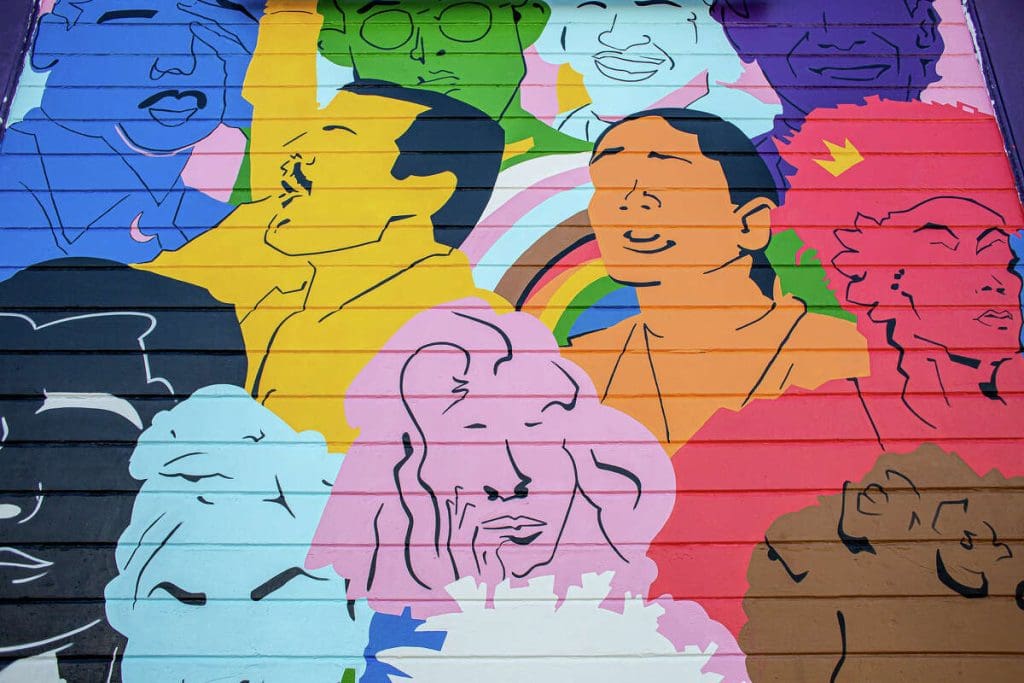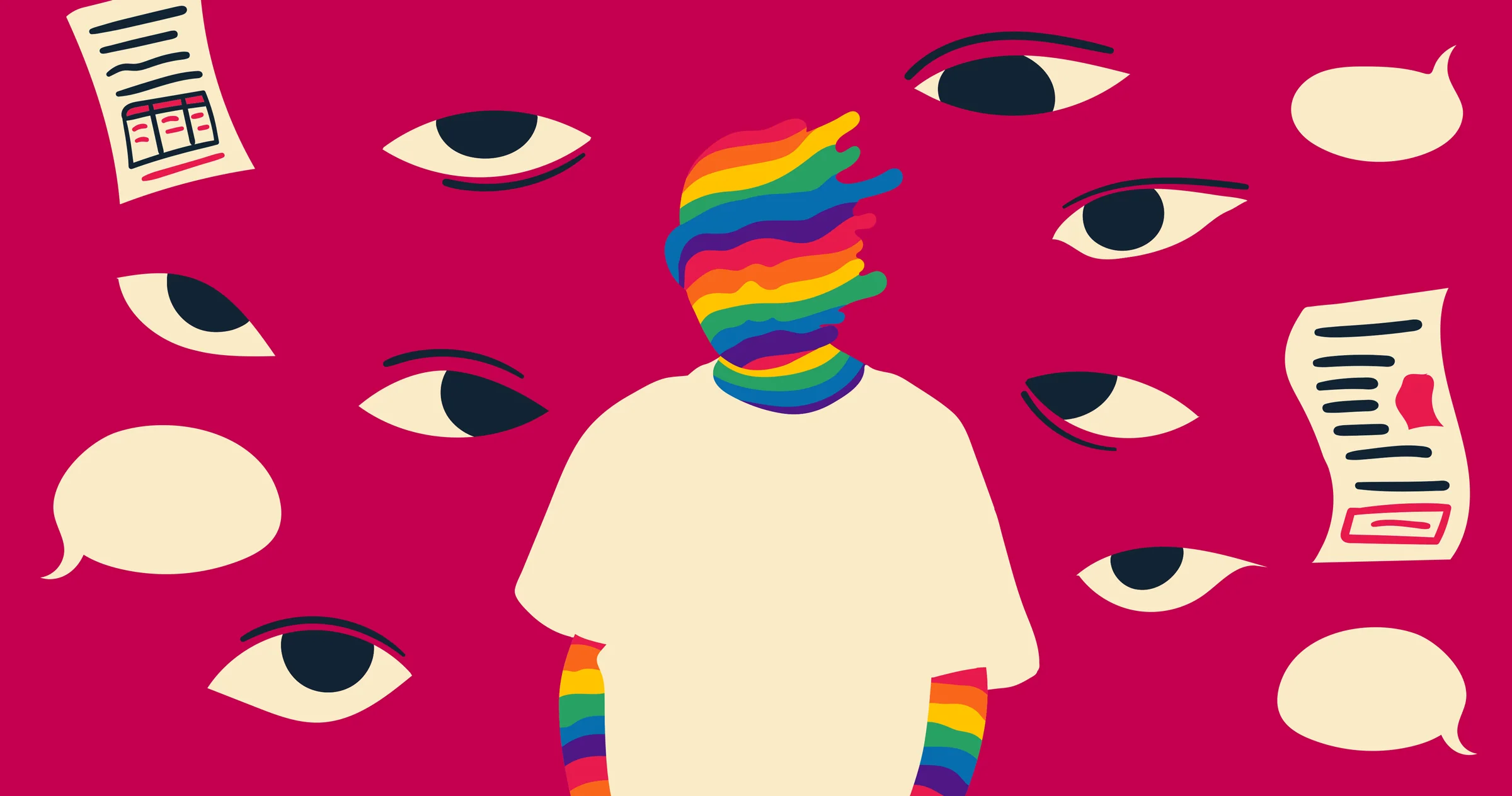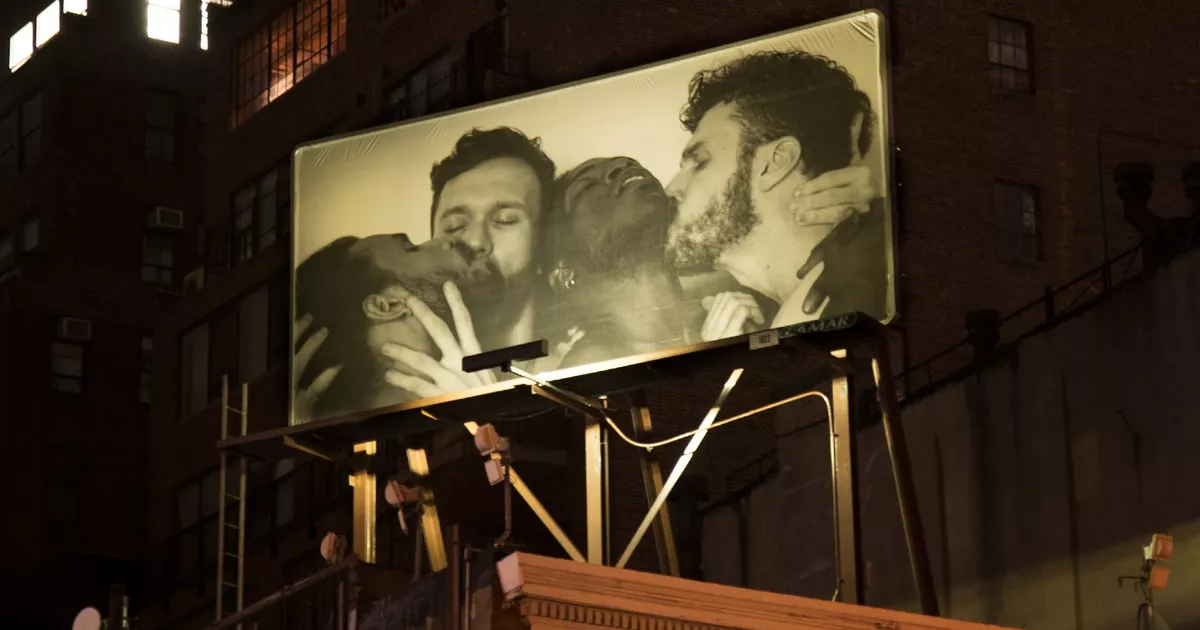Queer Art and Its Role in Shaping LGBTQIA+ Identity
The Canvas of Identity: How Queer Art Shapes and Reflects the LGBTQIA+ Experience

Explore the transformative power of queer art in shaping LGBTQIA+ identity, and how it contributes to representation, empowerment, and cultural dialogue within the community.
Queer art has been a powerful force in shaping LGBTQIA+ identity and culture. Through various mediums, queer artists have been able to express their experiences, challenge societal norms, and create a sense of community and representation for LGBTQIA+ individuals.
A Voice for the Marginalized
Queer art often serves as a voice for the marginalized. Through paintings, literature, films, and other forms of art, LGBTQIA+ artists have been able to tell their stories, often highlighting the struggles and triumphs that are unique to their experiences. This representation is crucial in creating a sense of belonging and validation for individuals within the community.
Challenging Societal Norms

Another significant aspect of queer art is its ability to challenge societal norms and conventions, particularly regarding gender and sexuality. Artists like David Wojnarowicz, Keith Haring, and Frida Kahlo used their art to question and critique societal attitudes towards the LGBTQIA+ community. This rebellious nature of queer art has been instrumental in pushing for social change and acceptance.
Empowerment and Self-Expression
Queer art is also a form of empowerment and self-expression. For many LGBTQIA+ individuals, art provides a medium through which they can explore and express their identities. This process of self-exploration and expression is crucial in the development of a strong sense of self and can be incredibly empowering.
Cultural Dialogue and Education

Queer art plays a significant role in fostering cultural dialogue and education. By bringing LGBTQIA+ experiences to the forefront, queer art forces society to engage with these narratives. This engagement is crucial in fostering understanding and empathy. Moreover, queer art educates the broader public about the diversity and complexity of LGBTQIA+ experiences.
Preserving History and Heritage
Queer art is also a means of preserving the history and heritage of the LGBTQIA+ community. Through art, the stories and experiences of LGBTQIA+ individuals are recorded and celebrated. This preservation is crucial in ensuring that the history of the community is not forgotten and can be passed down to future generations.
Queer art is more than just an aesthetic expression; it is a reflection of the soul of the LGBTQIA+ community. Through art, LGBTQIA+ individuals can tell their stories, challenge societal conventions, empower themselves, engage in cultural dialogue, and preserve their history and heritage. In a world that often seeks to silence marginalized voices, queer art screams loudly, asserting the beauty, complexity, and resilience of the LGBTQIA+ experience. It is through this artistic expression that identities are shaped, communities are built, and cultures are transformed.

Comments are closed, but trackbacks and pingbacks are open.